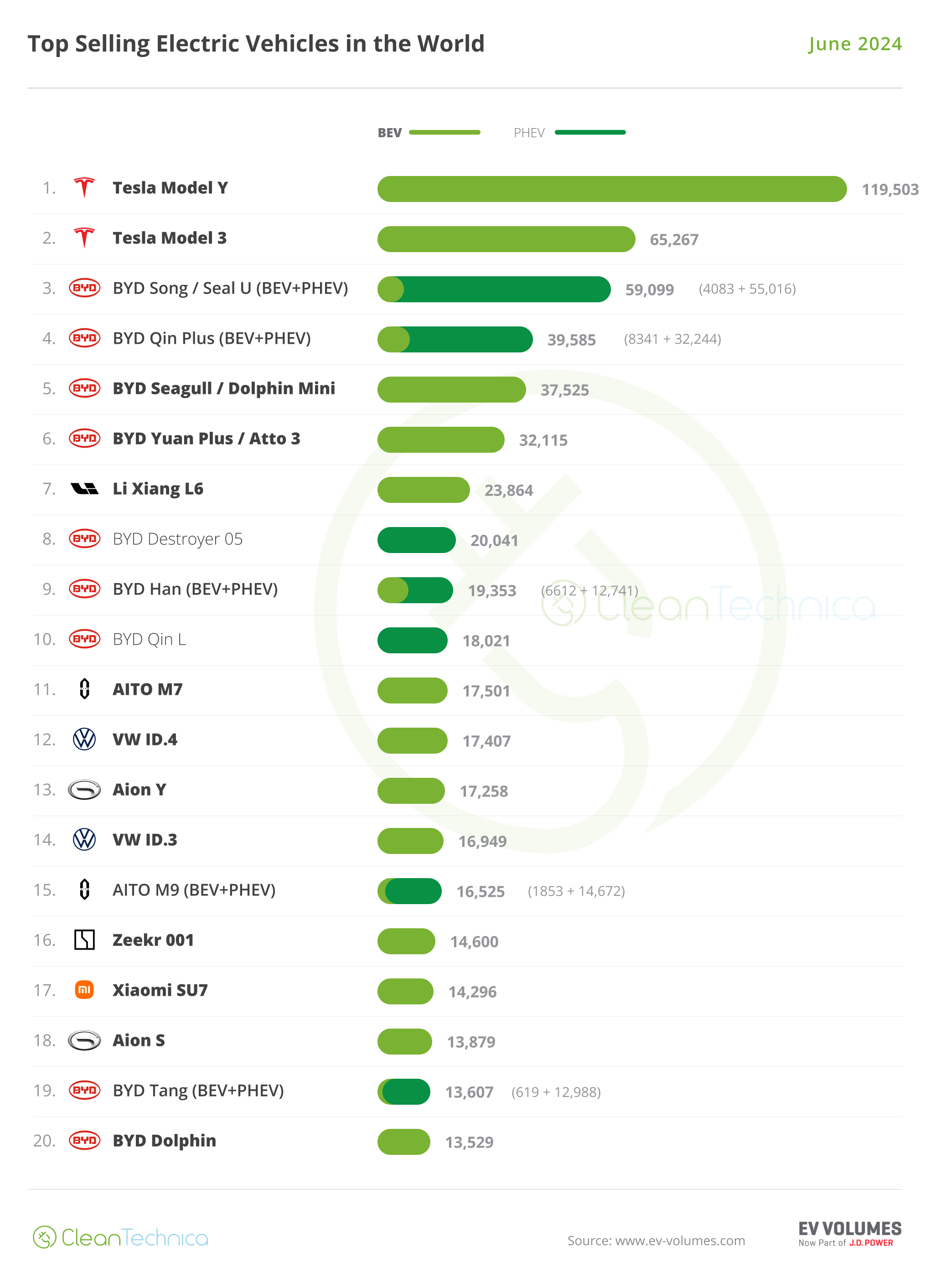Sign up for daily news updates from CleanTechnica on email. Or follow us on Google News!
Can all of the preposterous claims from former President Donald Trump about electric vehicles (EVs) be accurate? Say it isn’t so. Clearly, it’s time to do some fact-checking.
We understand that Trump has lightened up a bit since Tesla CEO Elon Musk endorsed him and then shared a live bro chat on the social media site X. But the topic of EVs, EV charging, and automotive manufacturing is too tasty for the snake oil salesman. So he drops a sly comment here, a tidbit of misinformation there. It’s seems to be part of a larger scheme to raise questions about personal transportation transitions and to keep his constituency in the dark about how EVs can make their lives so much easier.
 Chip in a few dollars a month to help support independent cleantech coverage that helps to accelerate the cleantech revolution!
Chip in a few dollars a month to help support independent cleantech coverage that helps to accelerate the cleantech revolution!
Claim about EV manufacturing: Trump spoke in Michigan at Alro Steel on Thursday, touching on manufacturing, among other topics. “I’m here today with a simple message for the American auto worker and for the American worker: your long economic nightmare will very soon be over,” he said. The broad inference was that the transition to electric vehicles had hurt the Michigan labor force.
Response: Democrats in recent years have made investments to strengthen the EV industry, especially in Michigan, but Republicans view those investments as a push that will actually cost jobs in the long run. “Michigan is continuing to ensure that we are able to provide strong job growth for Michiganders across the state, building on that economy where everyone can make it in Michigan,” said Josh Hundt, senior marketing projects advisor, for the Michigan Economic Development Corporation. Hundt points to a low unemployment rate and over 40,000 automotive jobs that have been announced in the state since 2019.
According to the American EV Jobs Alliance, over $20 billion has been invested into EV manufacturing in Michigan.
Claim about tax credits: “Tax credits and tax incentives are not generally a very good thing,” Trump told Reuters in an interview after an August campaign event in York, Pennsylvania, when asked about the EV credit. He continued that, if elected, he would consider ending a $7,500 tax credit for electric vehicle purchases. (He also added that he would be open to naming Tesla CEO Elon Musk to a cabinet or advisory role.)
Response: The federal tax credits in the Inflation Reduction Act (IRA) are important tools to accelerate the transition and make EVs accessible to more car buyers by reducing the initial cost of both new and used EVs. The Department of the Treasury and Internal Revenue Service (IRS) recently finalized rules on these credits, including on the transfer of the new and used EV credits and mineral and battery component sourcing requirements applicable to the credit for new EVs. These rules provided greater clarity for automakers, dealers and consumers. (I was able to take advantage of the tax credit in 2023, and it made a big difference in my ability to afford a part-time EV for my summer digs.)
Claim about federal funds for EV chargers: Trump accused the Biden-Harris administration during his speech at the Republican National Convention on July 19 of spending $9 billion to build just eight chargers.
Response: Since the start of the Biden–Harris Administration, the number of publicly available EV chargers has doubled. Now, there are over 192,000 publicly available charging ports with approximately 1,000 new public chargers being added each week. As a result of federal funding, 61 charging ports at 15 stations are active. Another 14,900 port installations are in progress — states are in various stages of deploying the funding received based on their state plans. By the end of that period, it’s likely that 30,000 individual charging ports will be added to the US network.
The $7.5 billion approved by Congress to build out the EV charging infrastructure is designated for a five-year time span. Of the total funding, $5 billion will go to the National Electric Vehicle Infrastructure (NEVI) program, which will award money to states to build chargers along the nation’s major highways. Any federal money like this, of course, is accompanied by a whole list of of rules and requirements around everything from reliability to interoperability, to where stations can be located, to what certifications the workers installing the chargers need to have, as reported by Autoweek.
In other words, as our mothers told us, good things take time.
Claim about exorbitant costs per charger: Trump told an audience in Florida on July 26 that the cost to taxpayers for these EV chargers would end up around $5 trillion, and “our country would have to file for bankruptcy.” (He elevated the reported cost to $10 trillion on August 5 in Atlanta.)
Response: Updated data from 10 states shows the government’s share of building each port is $150,000, on average.
Claim about federal EV mandate: Trump frequently promises he will “end the Biden-Harris electric vehicle mandate on Day 1.”
Response: The Biden-Harris administration’s stated goal is to have 500,000 chargers by 2030, with additional public and private funding. The federal government isn’t mandating how many cars must be electric, however. Trump’s EV criticism rises in part from new air pollution limits issued by the EPA. The regulation limiting tailpipe pollution is quite strict and would prod automakers to sell far more electric and hybrid models over time.
Claim about EV limitations: Trump insists there is a “much smaller market” for EVs because of cost and battery range issues.
Response: This is a two-part fact-checking deconstruction.
Cost: An EV cost of ownership for 2024 report shows that 20 of 41 (49%) EVs studied had a lower total cost of ownership over 5 years than their internal combustion engine (ICE) counterparts. The study analyzed 8 cost factors that comprise an EV cost of ownership: depreciation, fees & taxes, financing, fuel, insurance, maintenance, opportunity cost, and repairs. As expected, the biggest strengths of EVs were their fuel and maintenance costs. All 41 EVs had lower fuel costs than their gasoline alternatives, while 37 of 41 EVs had lower maintenance costs than their ICE alternatives.
Battery range: Calls for much more extensive range capacity fail to recognize that only 5% of trips in the US are longer than 30 miles. According to data from the US Department of Transportation, 95.1% of trips taken in personal vehicles are less than 31 miles; almost 60% of all trips are less than 6 miles. In total, the average US driver only covers about 37 miles per day. If we can live with less optimum range, there’s a movement to reduce battery size and cut lithium demand by 42% while doing so.
Have a tip for CleanTechnica? Want to advertise? Want to suggest a guest for our CleanTech Talk podcast? Contact us here.
Latest CleanTechnica.TV Videos
CleanTechnica uses affiliate links. See our policy here.
CleanTechnica’s Comment Policy





